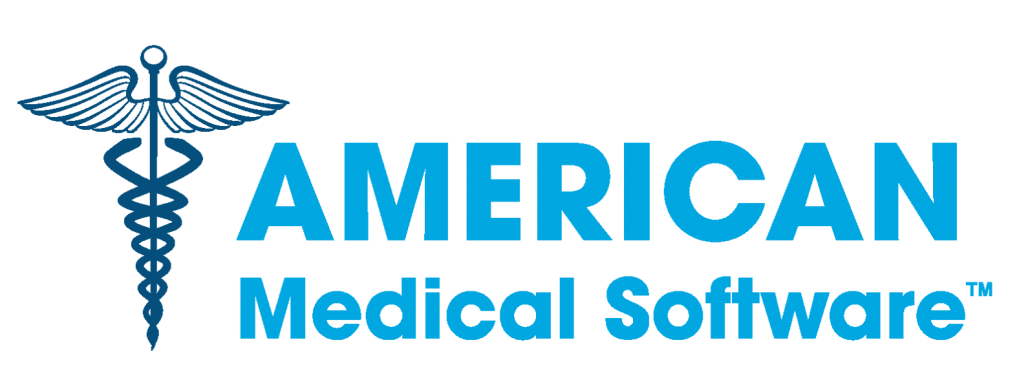Purchasing EHR Software
If you work in the medical field, chances are that you work with an EHR or EMR software system. Like any set of tools, sometimes the one you are using isn’t the right fit for the job, and you are looking for something to get it done more effectively or efficiently. Unlike using a simple screwdriver or a wrench, an EHR transition requires a lot of forethought, a knowledgeable team, and time.
If you are establishing your first EHR or getting ready to switch over to a new one, follow these tips to make the transition as smooth and painless as possible:
Establish a Team Lead
Setting up or switching EHR is a colossal undertaking, but can be made a smooth process. It is important to establish a leader or management team that is in charge of the transition will allow the project to be divided up among the group and allow continued workflow. Just because a new system is coming into play does not stop the day-to-day functions of your practice. Patients will continue to come in and you will need to be able to assist them. Breaking up the project into partial transitions, such as a change of paperwork, will enable updates to the system to begin without shutting it all down. Having a team leader that is able to devote time to the project will ensure that everyone is on the same page. Choosing a timeframe for each change to happen allows for efficient implementation without overlap of unforeseen problems.
Setting Defined Goals
Create a plan with your provider for what you want the EHR to be able to accomplish and how you would like it to improve your practice. Keep in mind that current objectives could change as new ideas come up, but following a set of guidelines will keep the project going forward. Once you begin implementation, you will be able to define how effective your new system is based on the goals you had set out to achieve. Gather feedback from all staff and patients to better tailor your new EHR to your needs and their expectations.
Locate Potential Problem Areas
Searching for any weaknesses or potential problems with the EHR, such as incompatibilities or shortcomings, should be addressed before implementation can begin. Talking with your vendor about these issues can prevent transition delays. Make sure these problems are addressed before the go-live date. This may seem like a common sense step to take, but it is often overlooked or not explored thoroughly enough.
Determine Your Level of Success
Just because your EHR has been implemented does not mean that your transition is complete. The biggest success of an EHR transition comes from staying focused on full integration throughout the entire practice. Keeping an eye on how providers and staff are using the new system, and following up to see if staff are having difficulties or need additional training on how the new system works will ensure you get the most out of it.
Following these tips will help you get the most out of your new system and make sure your practice, and patients, are getting the most efficient and effective service that they deserve. To add to all of this efficiency, American Medical Software provides seamless data migration, added assistance with a dedicated AMS trainer and more.




Leave a Reply
Want to join the discussion?Feel free to contribute!